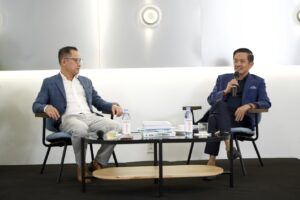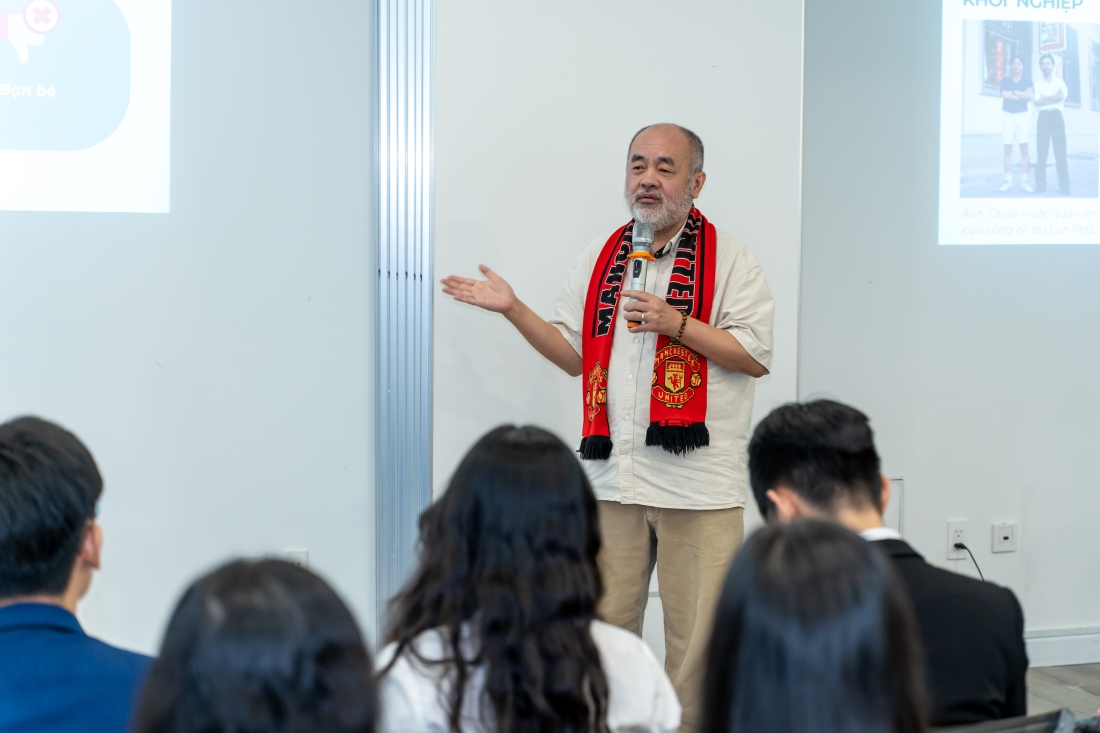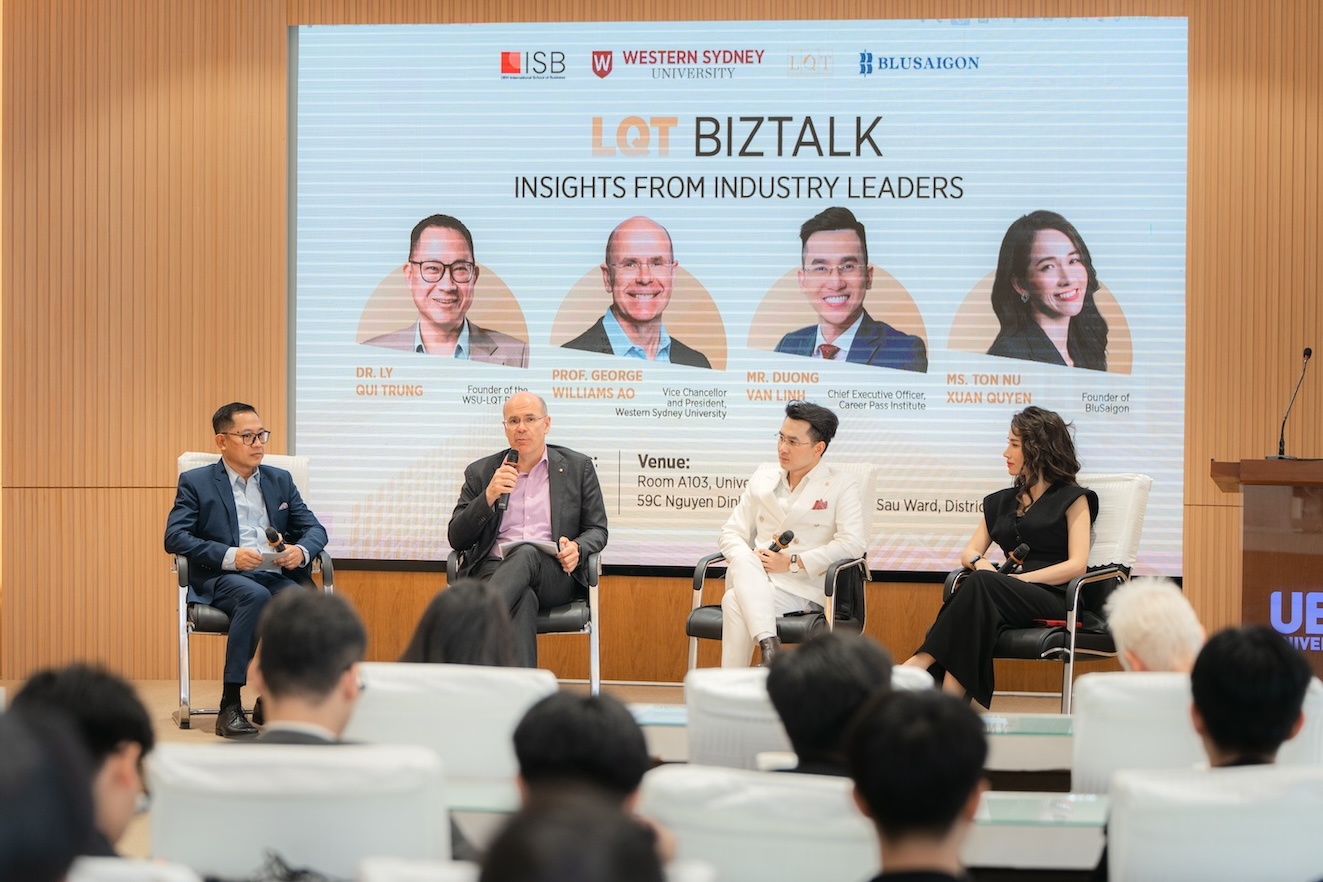LQT Company Visit – An Inspiring Journey into the World of Vietnamese Ceramics at Minh Long
On the morning of July 11th, students from the WSU-LQT BBUS Program took part in an inspiring LQT company visit to Minh Long Ceramics Museum, where they also had the opportunity to meet Mr. Ly Huy Sang, the company’s CEO.
From a Local Workshop to a National Brand
Minh Long I was founded in 1970 by Mr. Ly Ngoc Minh and his friend Duong Van Long. Under Mr. Minh’s leadership, the company has grown into a prestigious ceramic brand in Vietnam, having received the National Brand Award nine times. Its diverse product portfolio includes household items, hospitality ware, wellness ceramics, fine art ceramics, and porcelain jewelry.
Many members of Mr. Minh’s family have taken part in the company’s leadership. Since mid-2022, Mr. Ly Ngoc Minh officially passed on the CEO role to his eldest son, Mr. Ly Huy Sang.
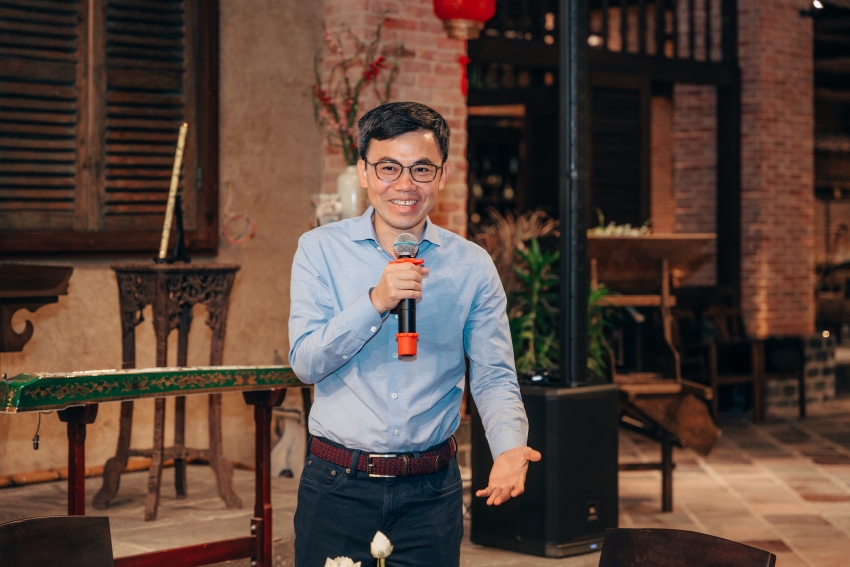
When ceramics tell stories
The visit began in the museum’s outdoor area, thoughtfully designed by Mr. Ly Ngcc Minh himself. According to him, every element in the landscape was carefully arranged to achieve both aesthetic harmony and cultural depth.
The central highlight is a giant porcelain bowl with a 4.5-meter diameter, cast in a single piece instead of being fused from two. Along the museum’s exterior wall are two monumental bas-reliefs, 9 meters high and 99 meters long, narrating the historical and cultural journey of the Vietnamese people. These artworks are described as a slow-motion film of Vietnam’s history and identity, reflecting Minh Long’s philosophy of preserving “a thousand stories.”
This bas-relief has been likened to a slow-motion film portraying the story of Vietnam and its people. It vividly expresses Minh Long’s long-standing philosophy of “preserving a thousand stories.” Each scene on the artwork depicts moments from daily life, such as farmers cultivating land or scholars returning in honor, all rich with folk culture and national spirit.
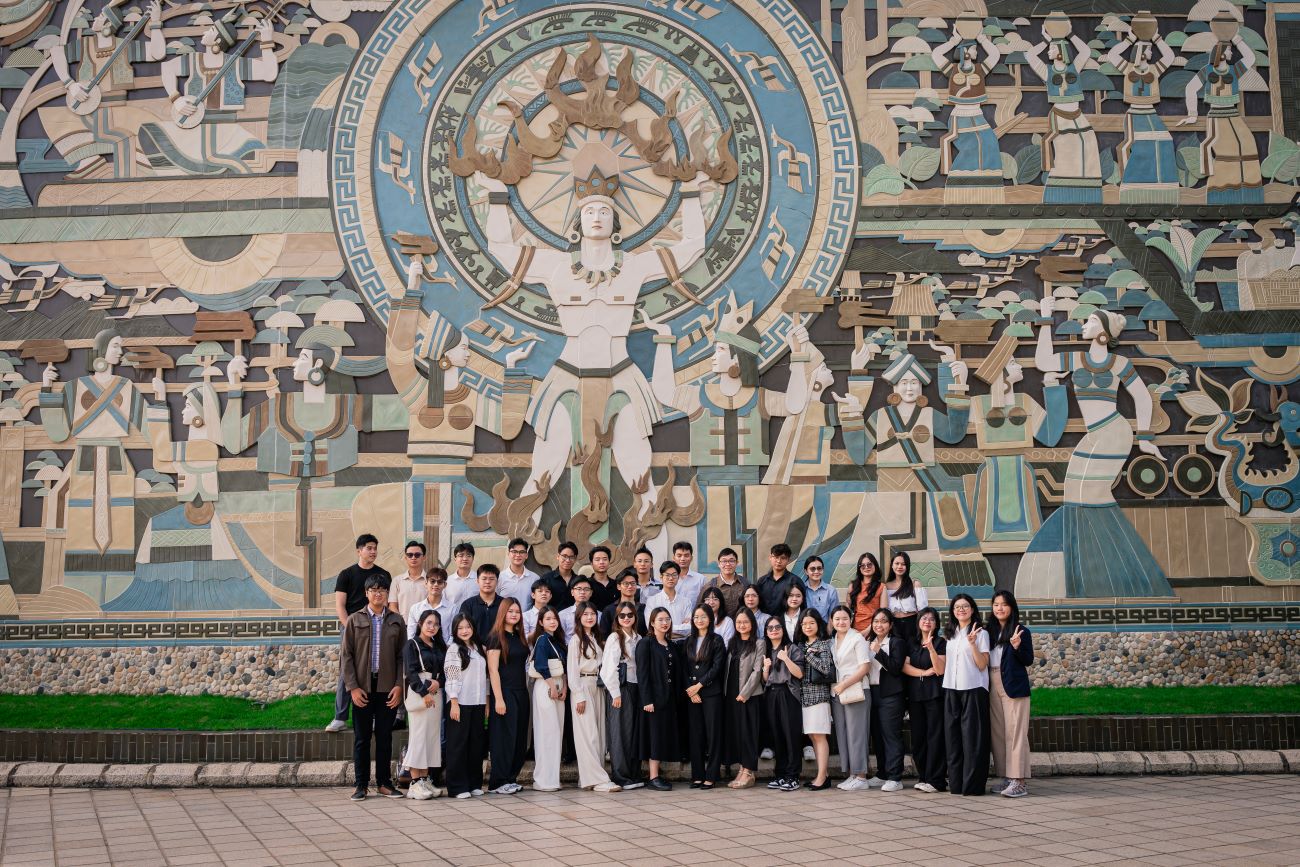
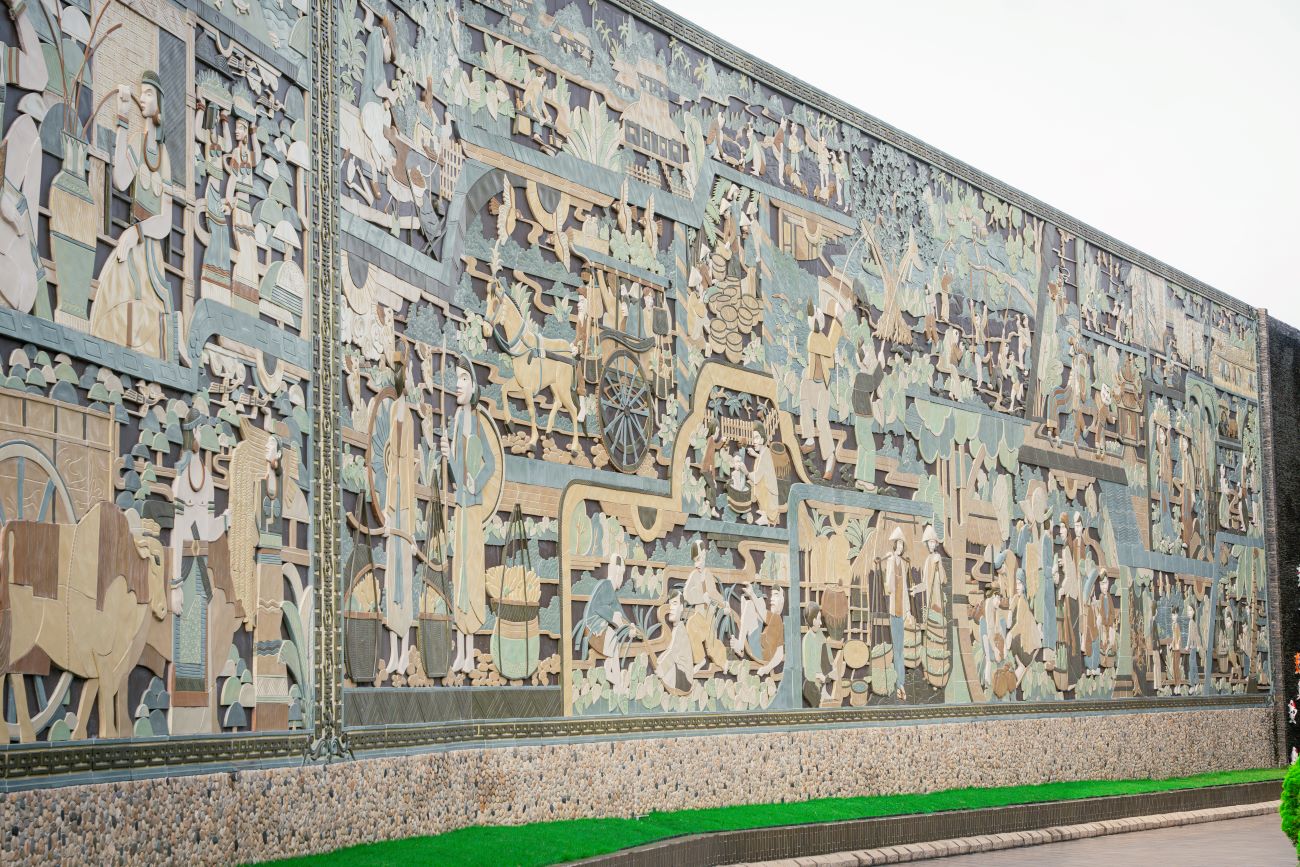
A unique artistic space inside the Minh Long museum
As they stepped into the museum, students were immediately captivated by a set of three porcelain chandeliers, each towering up to five tiers and weighing nearly a ton. Inspired by the Vietnamese legend of the Dragon and Fairy, these chandeliers are, according to Mr. Ly Ngoc Minh, unlike anything ever made elsewhere in the world in terms of size and weight using porcelain.
The chandeliers, along with intricate motifs of ferns, lotus petals, and mythical figures, are artfully arranged across the ceiling and entrance, creating an atmosphere that is both majestic and rich in Eastern cultural aesthetics.
Students then explored the display area featuring three statues of women symbolizing Vietnam’s three regions: North, Central, and South. Each statue stands 1.7 meters tall and is fired in one solid piece, a highly challenging technique that reflects the refined craftsmanship of Minh Long’s artisans.
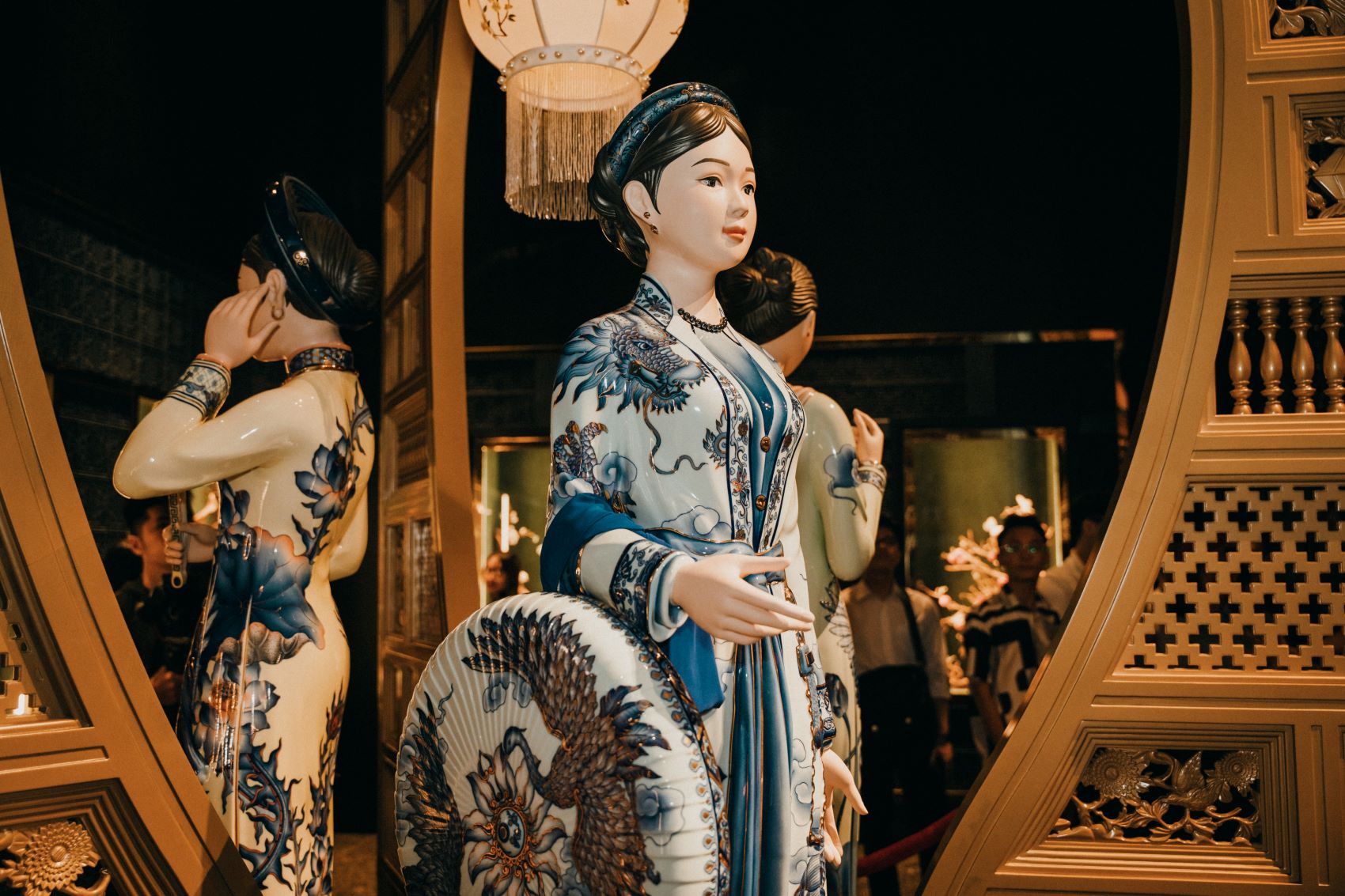
Another striking piece that drew students’ attention was the Butterfly Clock, composed of more than 800 handcrafted ceramic butterfly wings. Each wing is uniquely shaped and painted in a distinct color and pose. Beyond its artistic value, the clock functions in real time, creating the vivid impression of a fluttering swarm of butterflies gracefully moving through space.
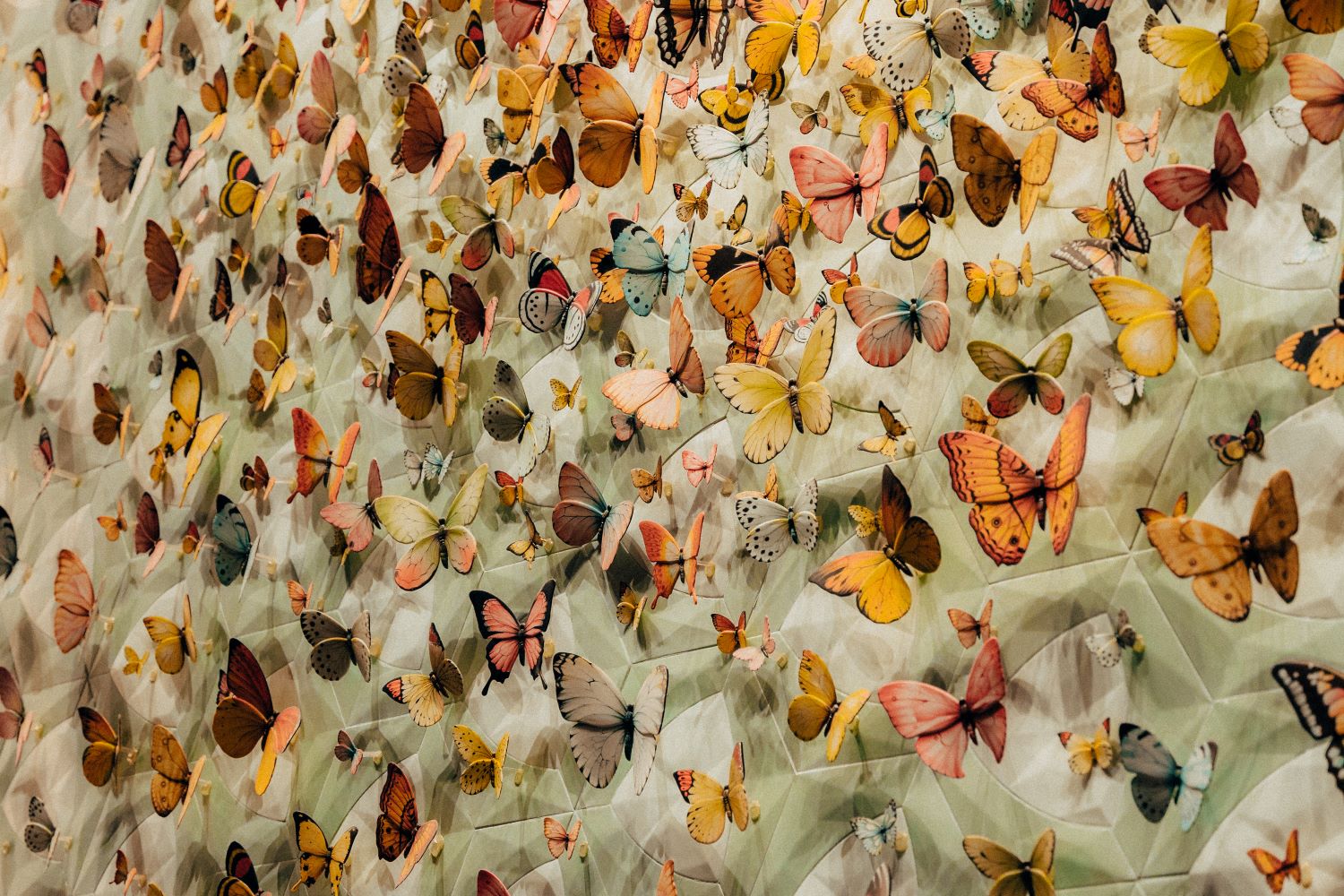
Next is the display area featuring “miniature” products. Every year, Minh Long exports around 30 to 40 million of these tiny pieces to Europe. Made from food-safe porcelain and glaze, these figurines are designed to be placed inside pastries, adding a delightful surprise to festive occasions.
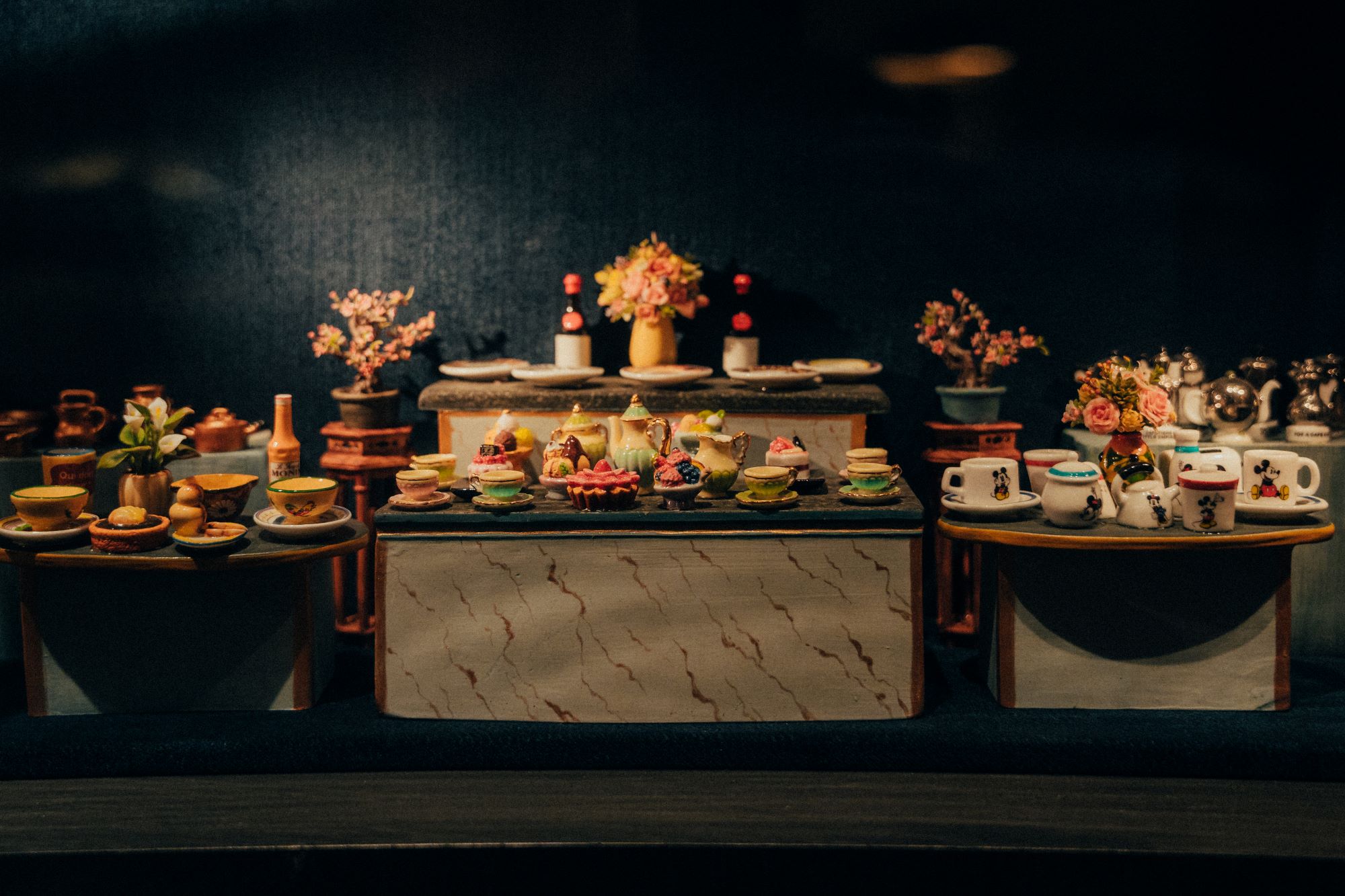
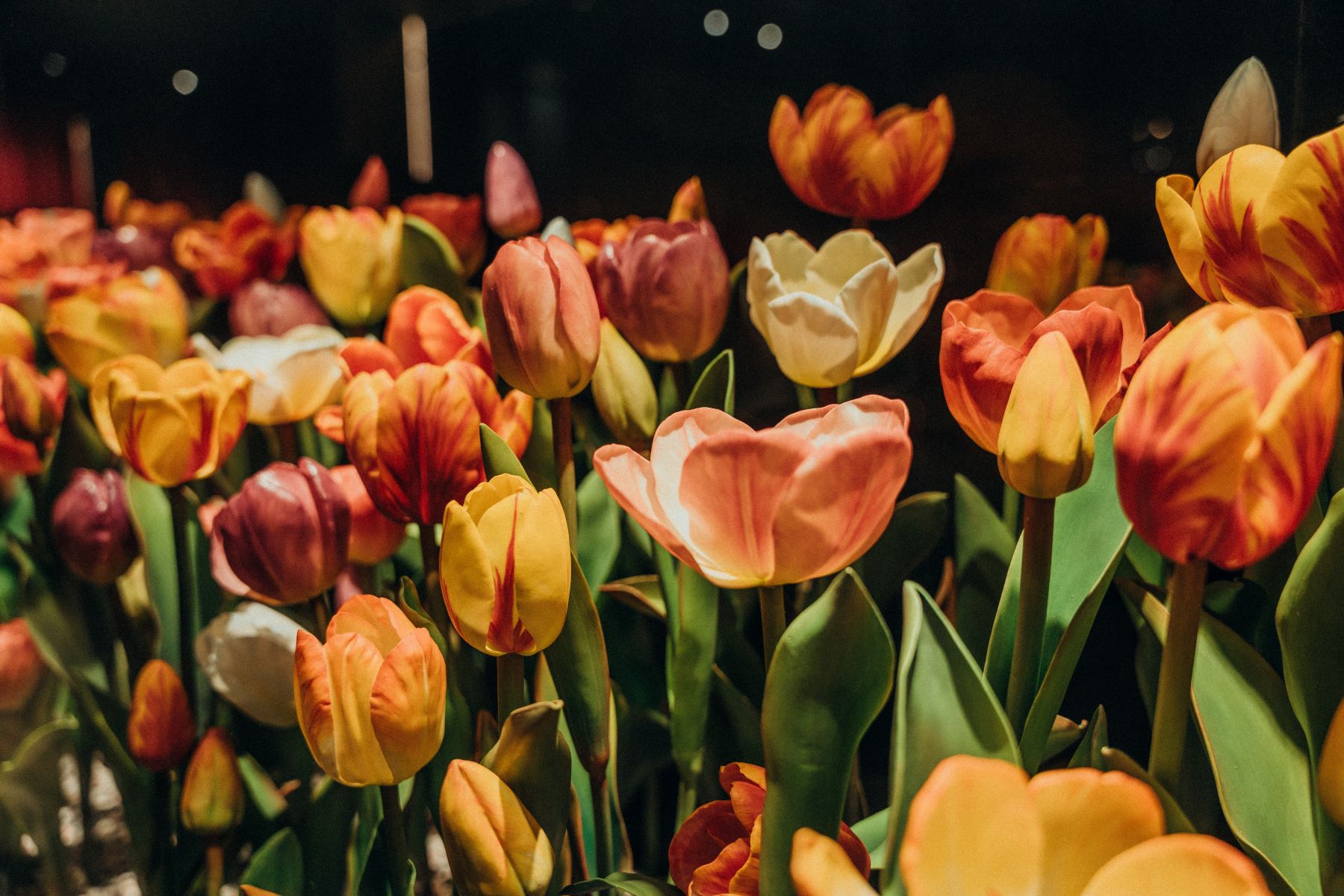
Next, the students explored the museum’s interior, a space preserving the finest artistic achievements and the historical development of Vietnamese pottery through the ages. On the floor dedicated to a recreated traditional village workshop, they felt as if they were traveling back in time, witnessing models of kilns, the stages of kneading clay, transporting it by ox cart, glazing, and watching artisans shape and paint intricate designs on ceramics firsthand.
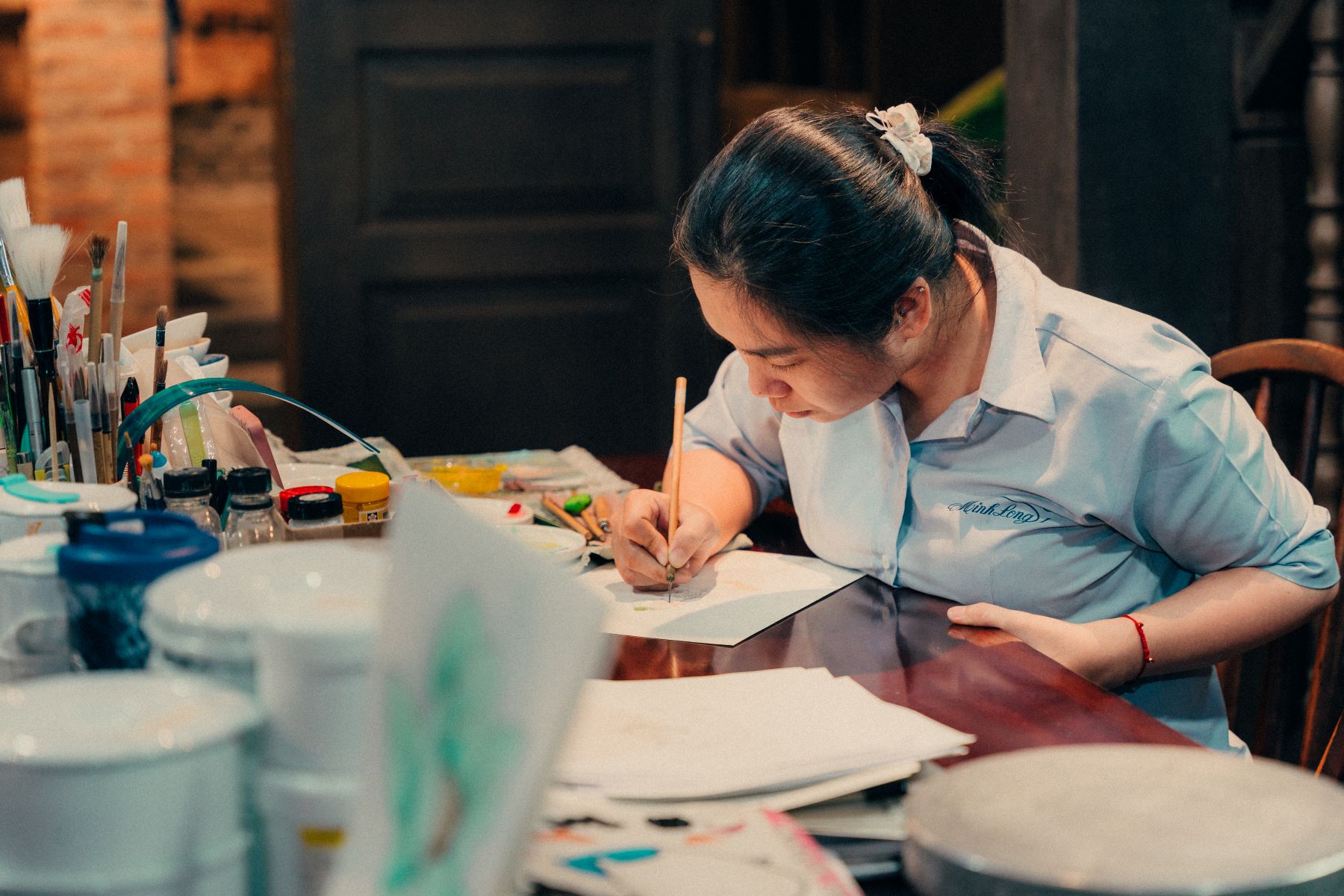
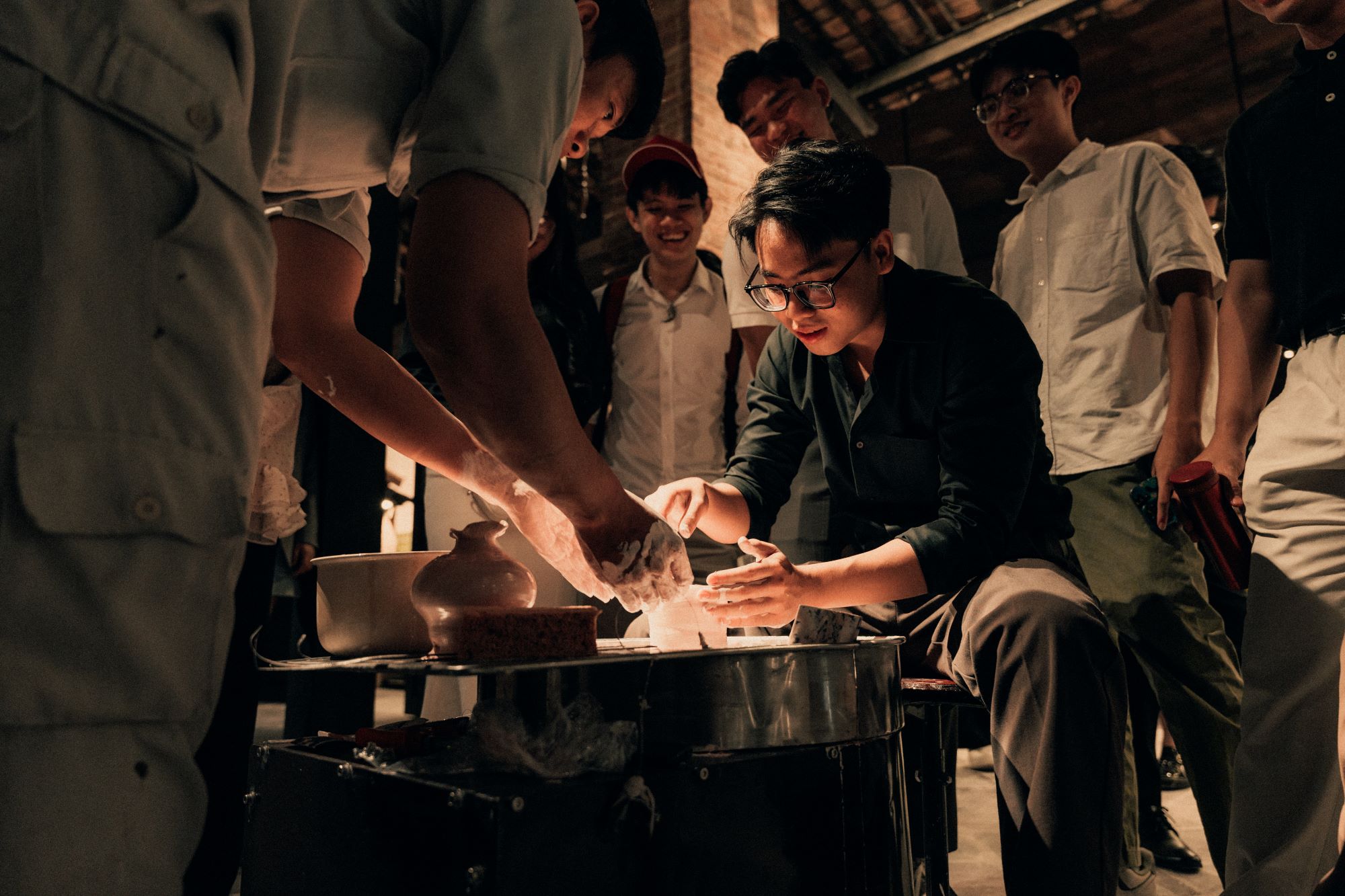
The “return journey” of Minh Long’s next-generation leader
Born into a family with a long-standing tradition in ceramics, Mr. Ly Huy Sang was familiar with the pottery workshop from the age of 9 or 10. However, as he grew older, he found himself increasingly drawn to the world of computers. Thanks to his family’s support, he had access to computers as early as middle school and later chose to study Information Technology in Canada, intending to pursue an independent career path.
However, after heartfelt conversations with his parents about their expectations and the realities of the industry back home, he made the decision to switch to Business Administration to prepare himself for continuing the family business. His passion for technology, however, never faded — he continued to teach himself programming, read extensively, and explore new devices. This foundation would later become a major advantage when he joined Minh Long’s leadership team.
After graduation, rather than stepping directly into a management role, he chose to start from the production floor. He recalled that by then, the company had grown rapidly, with more machines and a workforce ten times larger than before. To truly understand and manage effectively, he knew he had to learn from within.
A 4.0 revolution in a ceramics artisan’s company
From the perspective of someone educated abroad, he quickly realized that the company lacked a clear quality control system, and most production stages still relied heavily on artisan skills. Rather than feeling discouraged, he saw this as an opportunity to apply what he had learned and began methodically building a standardized production process.
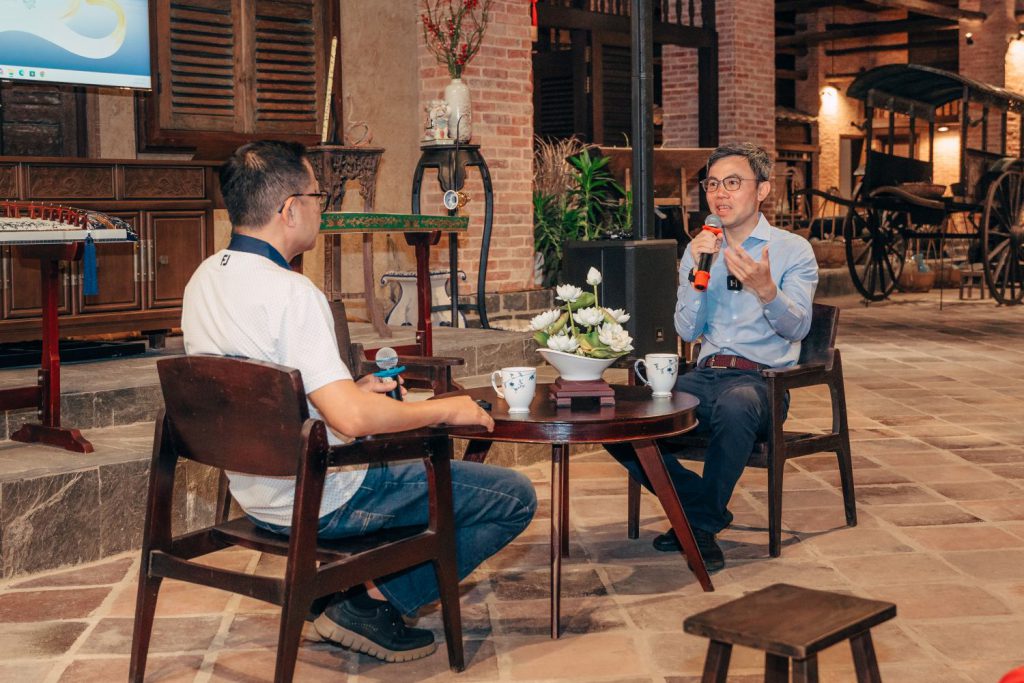
Not stopping at process optimization, Mr. Lý Huy Sáng continued to integrate technology into every stage of Minh Long’s operations — from raw material input, blending, shaping, and quality control to sales. All data is now digitized and monitored through computer systems. According to him, machines help eliminate subjectivity in operations and ensure fairness and consistency at every step.
Overall, Minh Long has transformed from a traditional ceramics workshop into a 4.0 ceramics company. It now incorporates cutting-edge technologies in both management and production, while still preserving the artisanal craftsmanship that forms the brand’s core value.
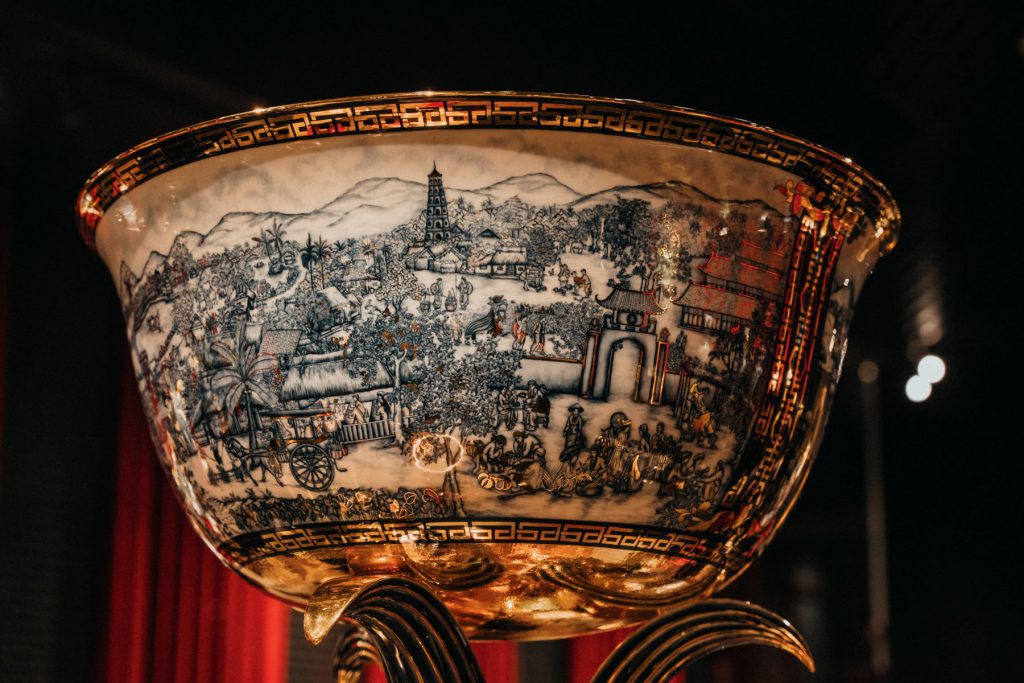

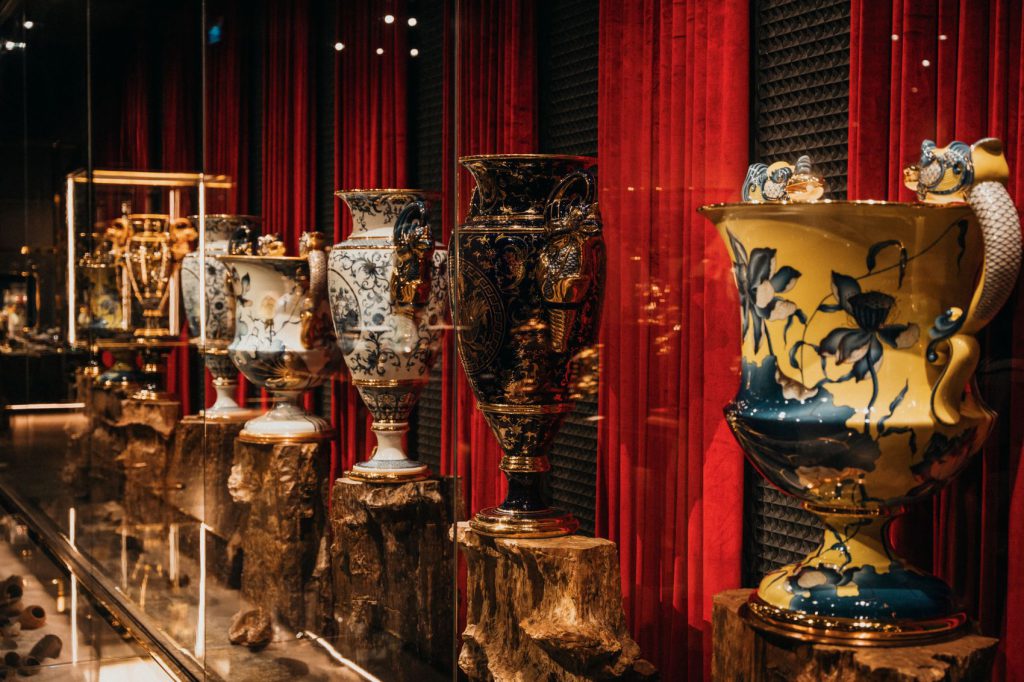
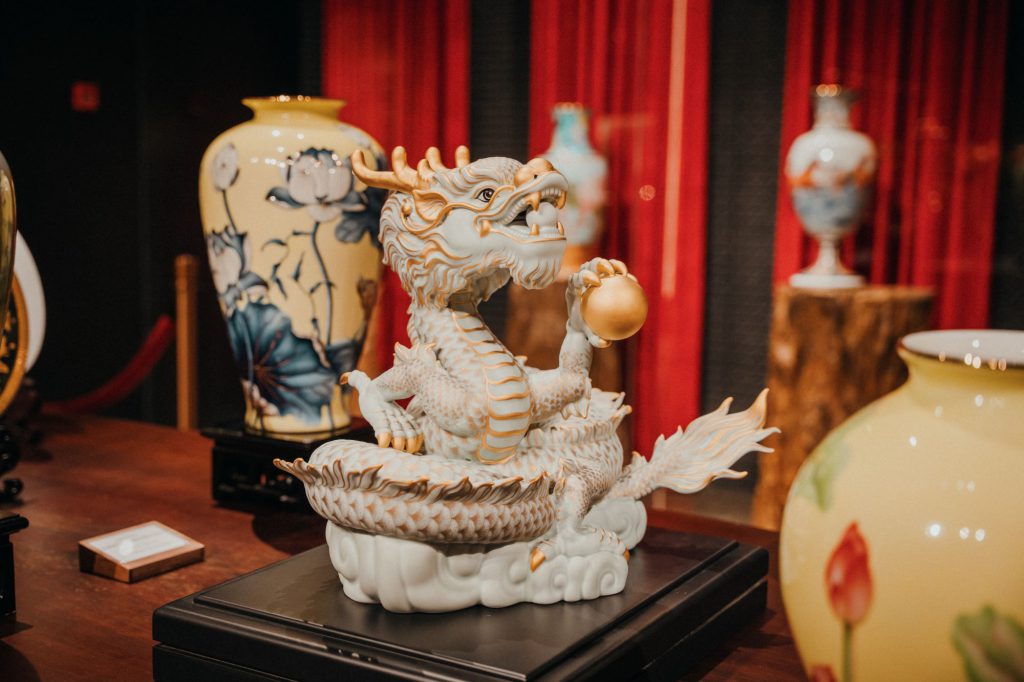
Conclusion
The visit not only gave students a closer look at the ceramics industry but also offered a meaningful opportunity to hear the heartfelt story of Mr. Ly Huy Sang and his journey of succession at Minh Long. Under his leadership, the company has successfully preserved its deep-rooted cultural values while boldly embracing innovation and technology to elevate the quality and reputation of Vietnamese craftsmanship.
His journey is a vivid testament that inheriting a family legacy does not mean simply repeating the past — it means continuing it with a sense of responsibility, a modern mindset, and the ambition to reach new heights. It also serves as a powerful source of inspiration for young people grappling with the question: How can I carry forward my family’s legacy in my own way, in the digital age?
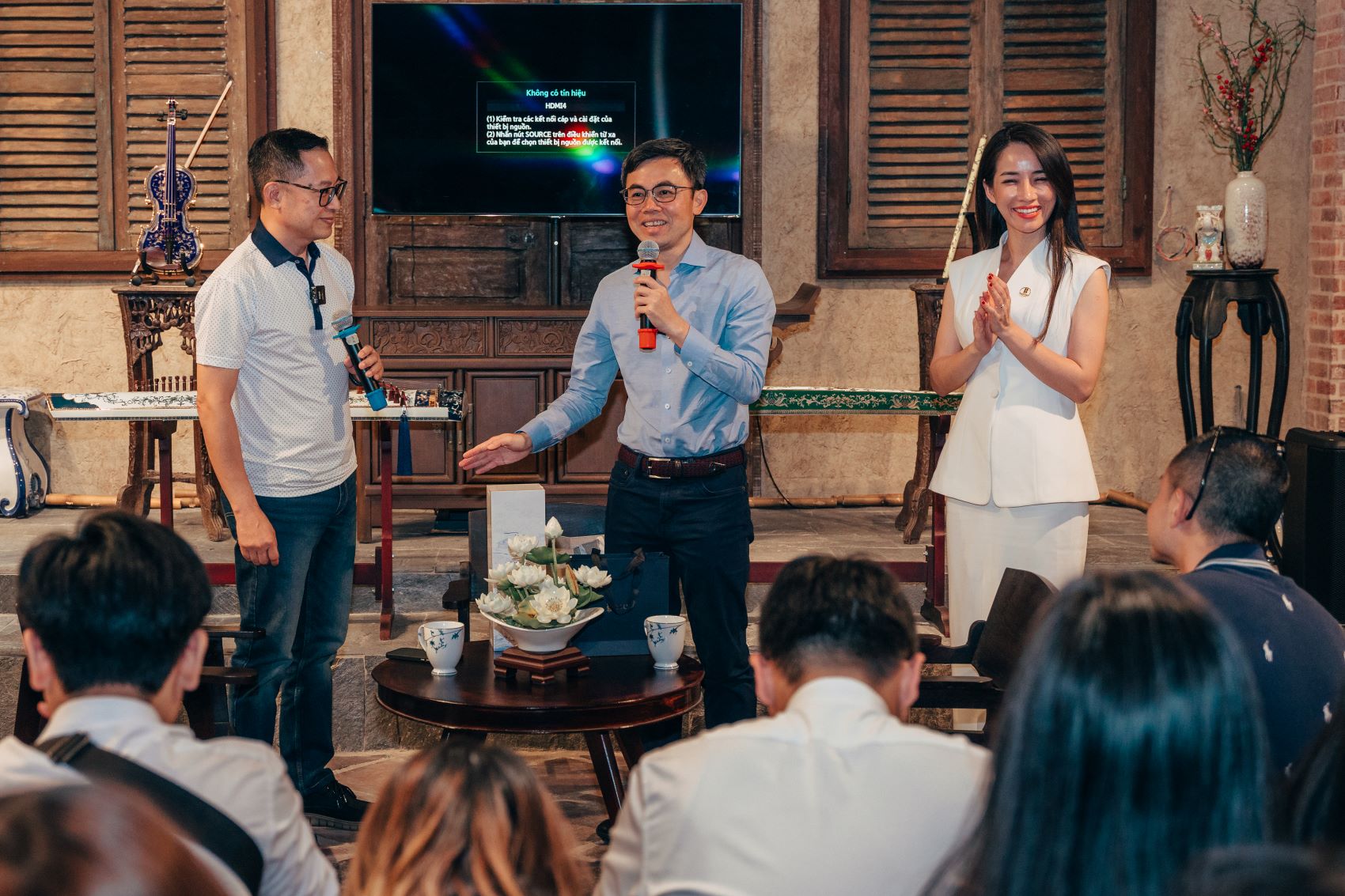
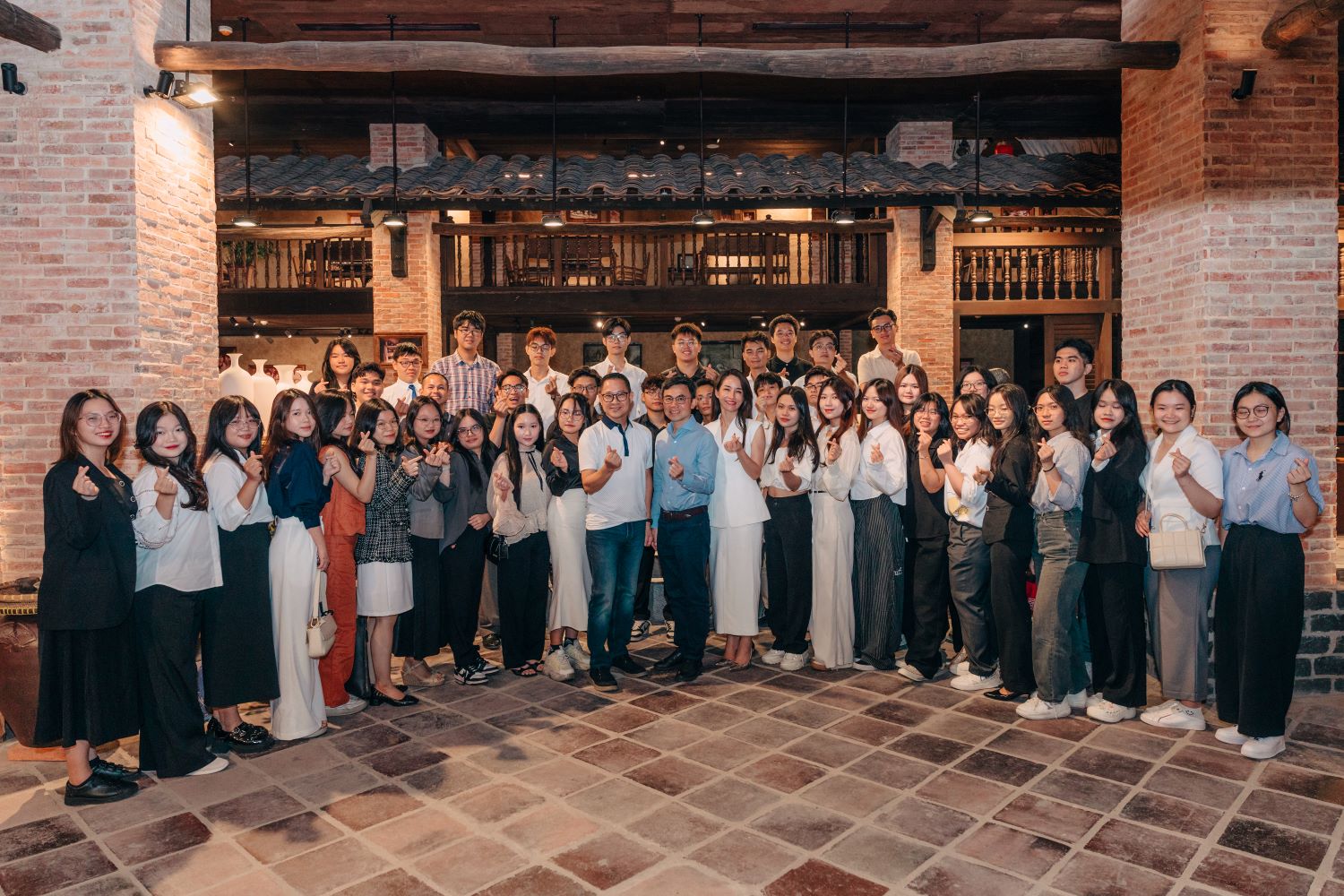
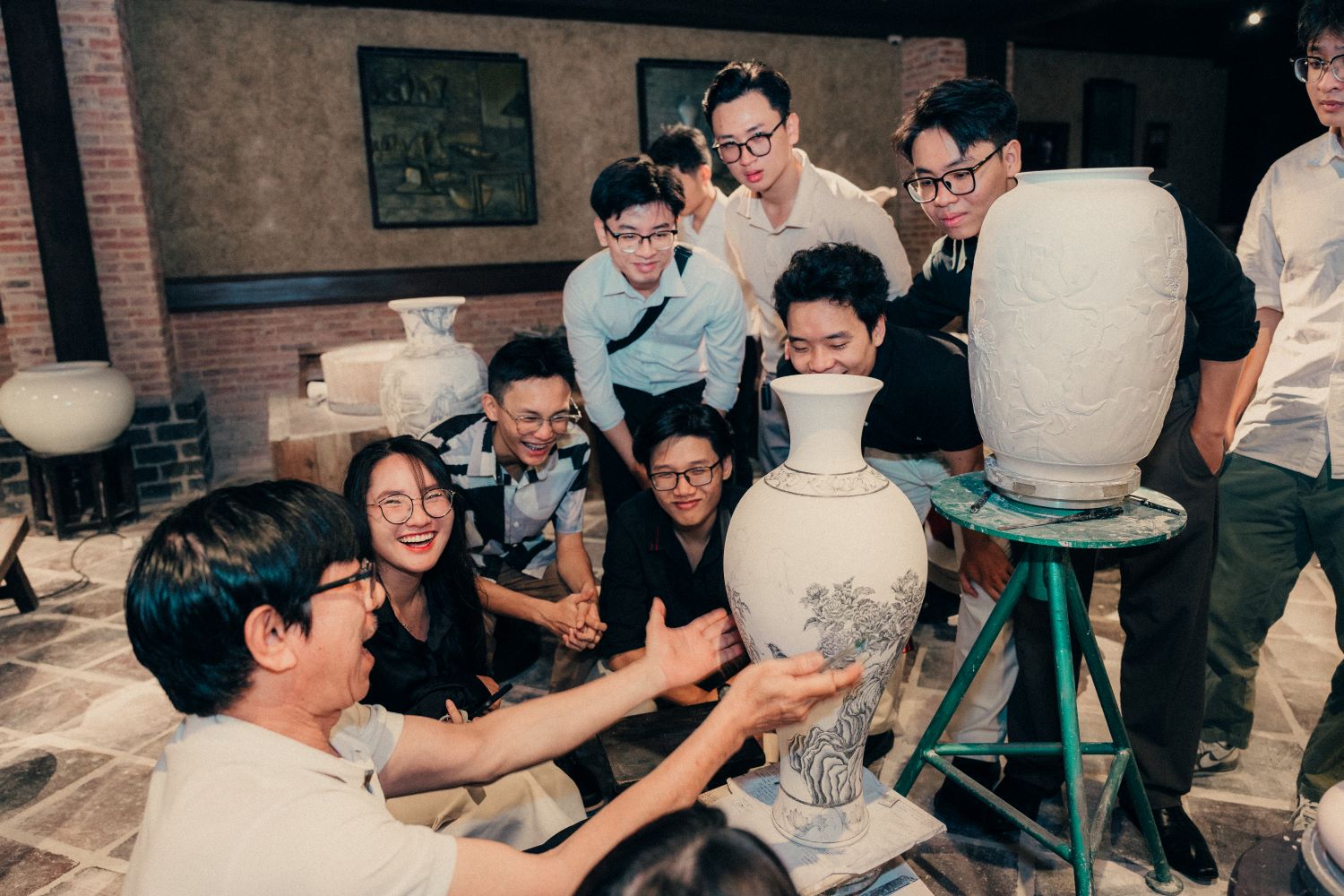
 Tiếng Việt
Tiếng Việt English
English